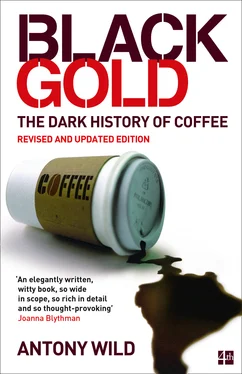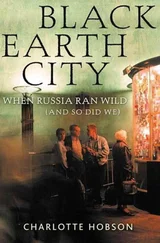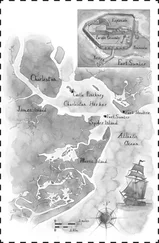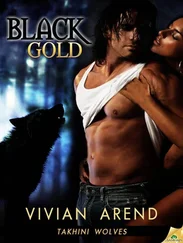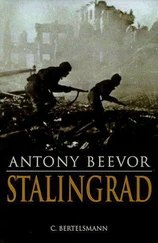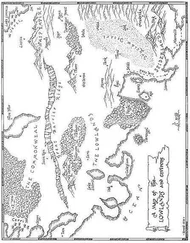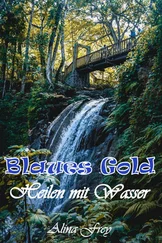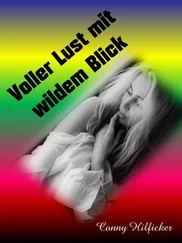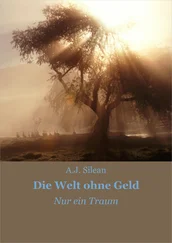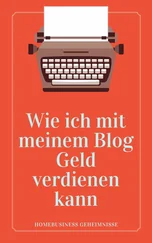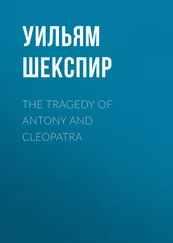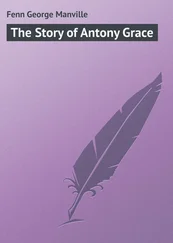So what happened next to my pet rarity cum superstar, kopi luwak? When looking into this coffee and its origins, I quickly came to realise that I had inadvertently created a monster. An article in the Guardian had appeared, exposing, to my horror, the horrendous practice of caging wild luwaks in racks of crude metal cages , where they were force-fed coffee cherries simply to make the prized beans. The journalist claimed that the production of kopi luwak in this intensive, battery fashion was not just confined to Indonesia, but had also been adopted by other South East Asian coffee origins too, such as the Philippines, India, Vietnam and Thailand.
Then out of the blue I received an email from my literary agent. The BBC had come across this book when they were looking for a coffee expert for a programme they were thinking of making, she wrote. What’s the programme about? I replied. Something called kopi luwak, came the reply. Have you heard of it?
So it was that, five months later, in June 2013, I found myself in Medan, Sumatra, in the utterly unfamiliar role of undercover reporter alongside the experienced BBC investigative journalist Guy Lynn, secretly recording interviews with coffee exporters as part of the BBC World Our World investigation into the truth about the kopi luwak trade. I was there in the guise of a director of a (virtual, i.e. non-existent) UK coffee company to provide specialist knowledge of the coffee trade, so that we’d appear to know what we were talking about. After expressing an interest in buying large quantities of genuine wild kopi luwak, we accompanied one trader to Takengon, in Aceh Province, a supposed centre of kopi luwak production. He wanted to demonstrate to us how the coffee he was proposing to sell us was all sourced from wild luwaks living in the virgin forests of the nearby Gayo Highlands. It was a gruelling fifteen hours’ drive from Medan, and when we arrived, we were supposed to go to our hotel to meet up with Chris Rogers, another BBC reporter who would be presenting the finished programme. He had already been there for a few days, secretly filming caged luwaks. As we arrived in the Takengon centre, our driver was flagged down by a man standing in the deserted midnight street. Curiously, he seemed to be expecting us, and after a hasty conversation in Indonesian, we were told that we needed to go to a different hotel to the one we had booked. We went along with the change of plan: the proposed hotel looked OK, and even though Chris was for some unexplained reason still at the original hotel, I was past caring about the whys and wherefores. I collapsed exhausted into bed – only to be woken by a phone call about ten minutes later.
‘Pack your bags and meet me in the lobby!’ Guy’s voice whispered. ‘Our guy has threatened to shoot Chris’s driver. He waved a gun at him!’
He added that I had to destroy the notes that I had made (he’d seen me writing on my iPad non-stop) and I obeyed, grumpily, mourning the tragic loss to travel literature. I was also to give him the recording and camera equipment. This was the same equipment I had been asked to carry all the way from London and smuggle through Medan customs to avoid the attention of the Indonesian authorities who weren’t too keen on unauthorised journalists roaming around their country, apparently. That’s why I had to destroy my notes, incidentally: they were potentially evidence of our nefarious activities.
‘Have we been rumbled?’ I asked Guy five minutes later when I met him in the lobby. He didn’t seem to hear me. He was too busy talking in full-on emergency mode on a satellite phone to some senior producer at the BBC in London. I’d signed all the BBC Health and Safety Compliance forms before we left, but none of them mentioned what the appropriate response to armed threats should be. It was all a far cry from my coffee-buying trips for Taylors, where I’d disappear to far-off lands with nothing more than a cheery wave. I could have been captured by Danakil tribesmen and sold into white slavery – or worse – for all the company knew. Different days.
The long and the short of the matter was that it turned out we’d become enmeshed in some kopi luwak mafia turf war, and far from being rumbled, we had been treated as potentially serious buyers. Chris’s driver’s unexplained presence had been interpreted by our guy as a threat from a commercial rival, and the gun routine was designed to force him to leave the town. In the end it was decided by the faceless voice back in London that we should act as if nothing untoward had taken place, and invent a reason for returning to Medan urgently. So we ended up making a swift exit in our gun-toting trader friend’s 4X4 via a token visit to some entirely spurious wild kopi luwak collecting ‘farm’ which appeared to have been hired for the day as set dressing by our friend, for whom I had by now conceived a distinct loathing.
I finally caught a glimpse of the ravishing, almost Alpine lakeside setting of Takengon as we left to drive the fifteen hours back to Medan. The trader’s choice of a particularly ear-piercing, mind-frazzling, boom-boom Indonesian electro music to play on his CD player seemed designed to add torture to the excitement of the previous night. Even the back of his head (I was seated behind him) assumed a vile aspect. What did I think of kopi luwak at this point? That it was just coffee’s dark history run amok.
The programme was finally screened in September 2013 (you can still watch it on YouTube. WARNING: some of the footage is distressing) and made waves across the kopi luwak as well as the wider coffee trade.
During the months before we left for Indonesia that we spent researching the programme, I’d quickly come to realise that the Guardian report was broadly correct and that the fiction that kopi luwak is a wild-sourced, incredibly rare coffee is maintained even after the coffee arrives in the consuming markets. Some exporters provide certificates of origin to support their claims, but if you examine them closely, they provide no reassurance that the coffee originates from wild animals, only from a certain plantation or district. In turn these certificates can often be used by importing companies to persuade their roaster and retailer clients that they are buying the real deal. I can’t count the number of times I heard the term ‘trusted supplier’ from people in the trade, knowing in some cases that beyond a shadow of doubt the supplier in question was buying coffee from caged luwaks. Retailers, importers, exporters all passed the buck back down the line, but in the actual place where the buck stops, at origin, nine times out of ten I suspected that the coffee was coming from caged luwaks. But even if you visit a plantation, you can’t be sure that what you’re being told is true – just watch the BBC programme and you’ll see that one particular estate I visited producing so-called wild kopi luwak later reluctantly admitted that they had luwaks in cages, although only when faced with incontrovertible evidence from the BBC. There was neither sight nor sound of the luwaks while I was actually there – and I was actively looking for them. That’s the key problem faced by buyers trying to source genuine wild kopi luwak: producers know the process of production is controversial, so they conceal the ugly truth. And the buyers, whether in the know or not, prefer not to look too hard.
Once back in the UK, I timed the launch of my Facebook campaign, which I had titled ‘Kopi Luwak: Cut the Crap’, to coincide with the programme, created to encourage an independent certification for genuine wild kopi luwak. This is the only way it seemed to me that all links in the supply chain could guarantee authenticity, and might eventually lead to a falling off in consumption of kopi luwak.
Читать дальше
